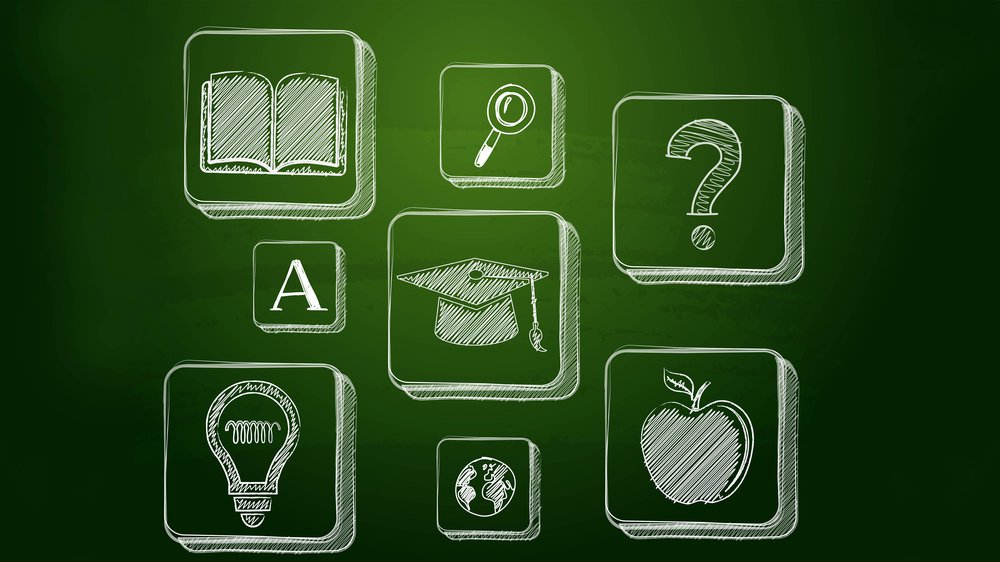The education market is crossing into the digital reality that other markets, like healthcare, insurance, and retail have already crossed. Typically, there are millions of small efforts by individuals to gain sufficient momentum to carry an initiative or company, or in this case, a whole market like education, out of the wading pool of novelty start-ups into the big leagues. With the dramatic adoption of tablet computers, Chromebooks and Smartphones in the last several years, educators nationwide started this journey, carrying the entire sector with them into a digital transition.
What’s interesting is that once a market reaches a certain amount of momentum around an idea, typically at about a 15 percent adoption rate, widespread change can be seen. It becomes noticeable, with a definitive “buzz.” It’s a sort of magic point in the evolution of an idea.
The 1991 book Crossing the Chasm, Geoffrey A. Moore argued that there is a gap that exists between the early adopters of any technology and the mass market because typically the masses are more conservative. He explained that many technologies initially get pulled into the market by enthusiasts, but later fail to get wider adoption because of this inherent market inertia. Institutions and markets tend to hold their own form resolutely, decrying change in service to what they know or have known of structure. It has worked.
It’s likely that as a society we are in the stage now of “crossing the chasm” with education into a new digital reality. We are past the early adopters stage and now the early majority are transitioning to new technology or adopt change. This is creating a certain momentum that creates inevitability for every other part of the education market.
Because of this new digital reality, in the U.S. we are at the critical tipping point of children in the K-12 Education sector who are opting for alternatives to traditional public education. Alternatives to traditional schooling in the public system had already reached 17 percent as early as 2012, according to the data sets of National Center for Education Statistics (NCES 2013 study).
What’s remarkable is that when this data is updated through today, it will probably show a much higher percentage have moved to alternatives since the charter schools and unschooling movement are stating record growth numbers.
Alternatives such as homeschooling and unschooling are currently seeing the biggest gains. The availability of superior quality learning assets on the consumer side is driving the trend. Consumers have become accustomed to a high level of spit and polish in their Apps and computer programs, and the consumer game industry has driven the expectation of user experience into the ionosphere. It is simply hard for school districts to compete with the level of finish that consumer-grade learning objects offer.
Unschooling as a movement was solidified in the 1970s by John Holt, an educator who is now considered the father of the unschooling movement. Unschooling as a philosophy espouses real student-directed learning, so it is very much in-line with modern educational thinking. It is sometimes used interchangeably with homeschooling, but there is a major difference. Although both take place away from the traditional school building, homeschooling follows a set curriculum. In unschooling, parents act as facilitators offering learning opportunities chosen by the student, helping them make and follow their own learning plans. Also, unschooling has a focus on learning from real-world activities and ordinary life and household tasks.
If this sounds a little like the flower-child movement of the 1960s, think again. Today’s learner has the knowledge of the world at his/her fingertips, and highly sophisticated learning programs. Today’s generation of young learners also has the technical and social savvy to use learning programs and available learning objects to solve real-world problems relevant to their lives.
The numbers don’t lie. Current estimates indicate that there are over 4 million students that are homeschooled, with a large portion of those who are actually part of the unschooling movement. When you consider the fact that unschooling fits neatly into our current educational thinking and the consumerization of learning is making high quality learning objects freely available to parents, we can expect the unschooling movement to continue. Remember, when an idea reaches an early adoption state of 15 percent, massive change can normally take place. For school-aged learners, that’s around 7.5 million.
I’m not suggesting that we all scrap our current system of education and gear up for consumer-side sales, but I am suggesting that the unschooling movement is something we should keep our eyes on.
Learning consumerization and a growing population of unschooled learners have a good chance of creating structural change in the future of learning and the distribution of learning assets. The change may feel gradual, despite the numbers indicating a fairly fast-moving crossing for this last great traditional market, education.
The die may be cast but the outcome is far from certain. Schools will adjust to the transition, and the smart money will help our schools lead in that transition. Of course, it never hurts to hedge your bets.
Leilani Cauthen is CEO of the Learning Counsel, and author of “The Consumerization of Learning.”











